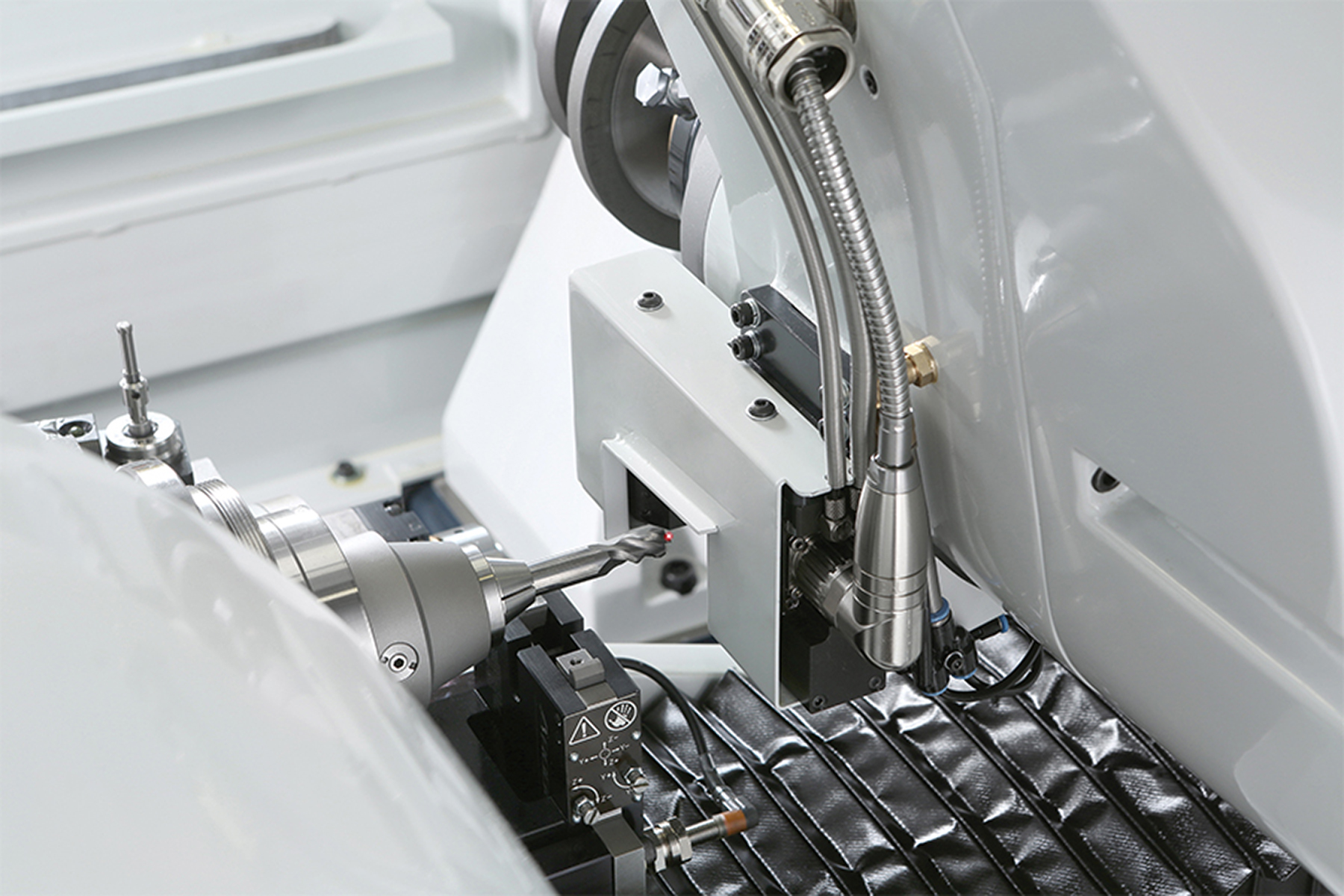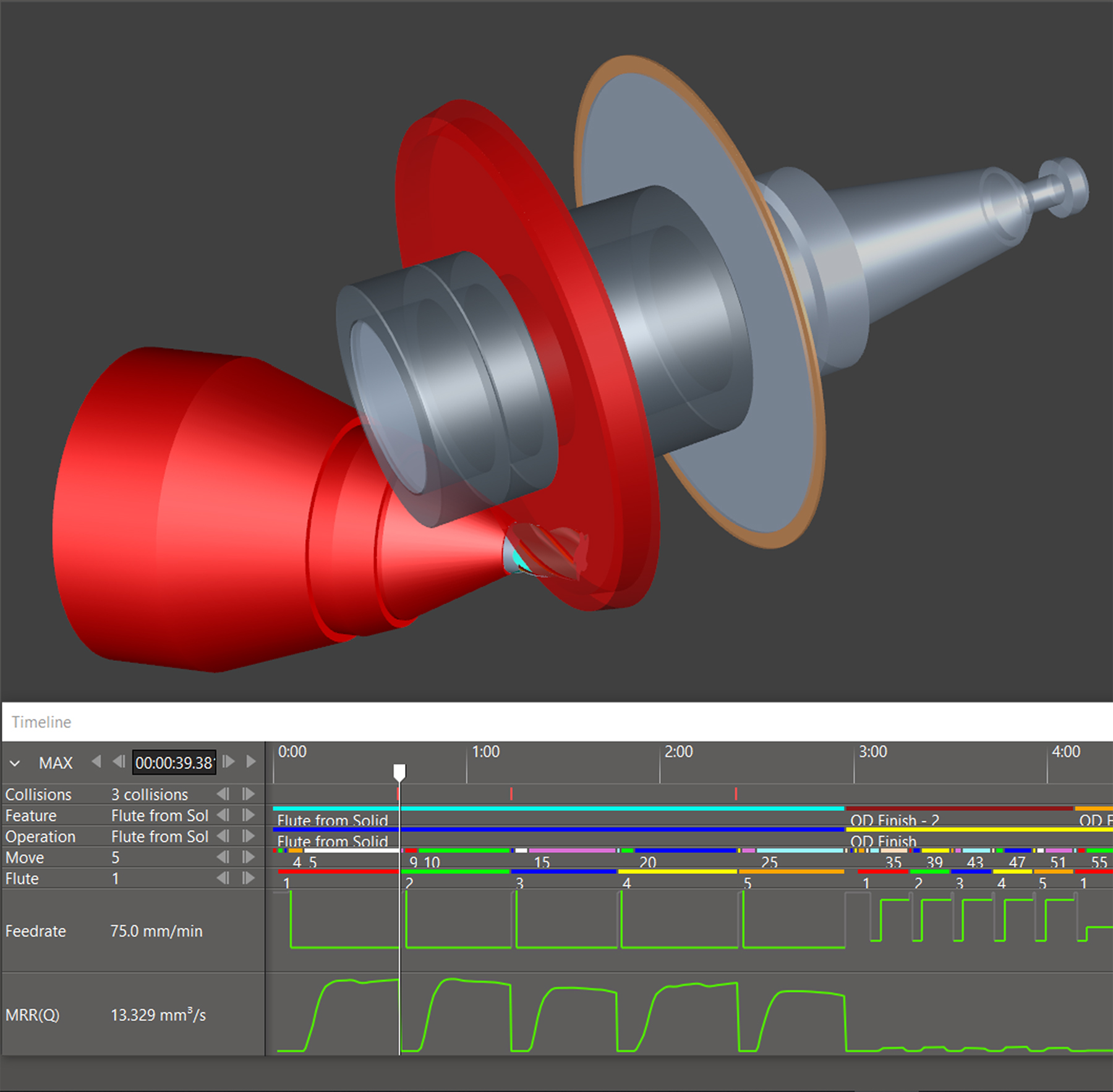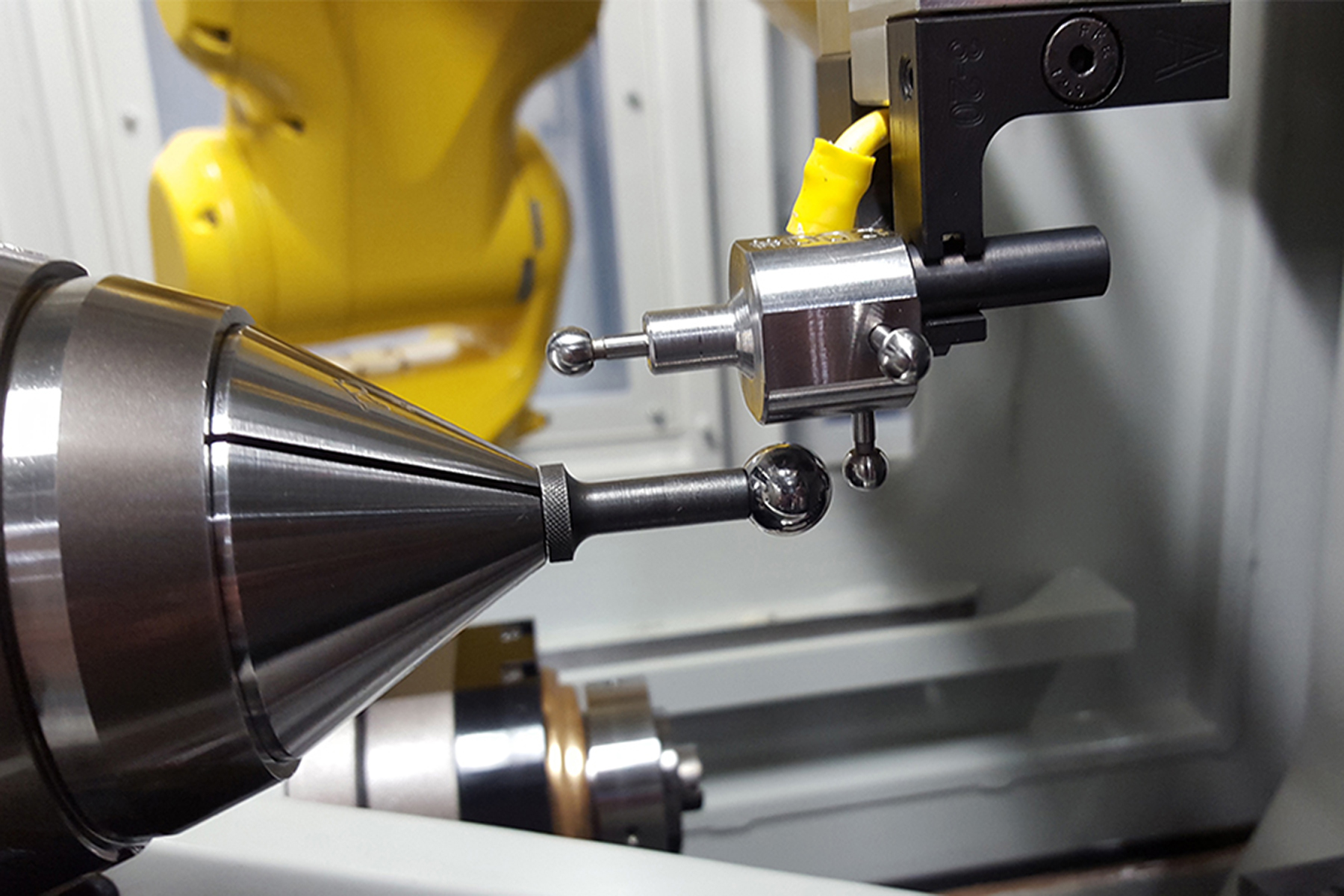 Industrial automation is changing the way cutting tool manufacturers operate. Machines can take on the heavy lifting at each stage of production letting workers get on with less repetitive tasks. And, while automation may sound costly and complex to implement, it’s not reserved just for big business.
Industrial automation is changing the way cutting tool manufacturers operate. Machines can take on the heavy lifting at each stage of production letting workers get on with less repetitive tasks. And, while automation may sound costly and complex to implement, it’s not reserved just for big business.
There are dozens of ways a small cutting tool manufacturer can embrace automation, including:
- Cost reduction, through labor costs or machine uptime. With a lack of skilled workers, machines can fill those gaps.
- Automation allows companies to utilize machinery unattended.
- Reduced material handling makes running smaller batches much more cost effective.
- Streamlining existing processes and systems.
- Eliminating mistakes in material management.
- Automating in-process measurement raises quality and reduces waste.
While bigger companies can afford tailored developments to suit specific needs, manufacturers at all levels benefit as technology and solutions are developed.
 Just because a technology is off the shelf, doesn’t mean it is “standard.” The industry is constantly evolving as new solutions are found and applied, and as soon as it’s scalable it can be rolled out to suit most businesses. This includes many ANCA innovations, including its 3D simulation software, in-process measurement system Laser Plus, and RoboTeach, which makes robotic loaders accessible and easy to program. The addition of laser etching on a Robot loader is another example that has increased the functionality of the grinding machine.
Just because a technology is off the shelf, doesn’t mean it is “standard.” The industry is constantly evolving as new solutions are found and applied, and as soon as it’s scalable it can be rolled out to suit most businesses. This includes many ANCA innovations, including its 3D simulation software, in-process measurement system Laser Plus, and RoboTeach, which makes robotic loaders accessible and easy to program. The addition of laser etching on a Robot loader is another example that has increased the functionality of the grinding machine.
As a small tool manufacturer, vendors recognize that priority is maximizing factory efficiency – machine uptime versus setup time. Software and accessories help keep things ticking over without wasting time and money reloading materials.
Chances are there will be no obvious trigger when it comes to adopting industrial automation. Many smaller businesses won’t have planned to develop the level of automation they currently have, and some may only start after an increase in labor and setup costs. A firm can build automation solutions piece by piece, as long as they have an agreed vision.
It may be as simple as being observant and seeing which steps in a production process have the greatest cost. Start by attacking a business area that will provide the greatest value. For instance:
- Automation solutions reflect a company's operations
At the smaller end of the tool cutting market there’s a good chance you’re producing small batch lots and changing  geometry multiple times a day, rather than leaving the machine running constantly making the same tool all day.
geometry multiple times a day, rather than leaving the machine running constantly making the same tool all day.
To maximize day-to-day productivity. look for solutions that allow the operator to step away from the machine and carry out other tasks. Automating geometry changes and existing manual material management processes can increase how much an operator can do elsewhere and help maximize machine uptime vs. setup time.
- Consider automating processes
While small businesses may not have the budgets to request tailored solutions, out-of-the-box solutions can manage inventory, integrate the ERP to manage the job order, and pack ready for dispatch. Many will work effectively with existing processes, even if the company has never automated them before.
- Industrial automation keeps the focus on people
A small cutting tool factory relies on every working part being up to scratch – and that includes people. Automation removes the risk of human error creating a safer working environment that’s less likely to be disrupted. Furthermore, changing government legislation is limiting how many hours employees can work. Automation can maximize machine up time when people are not present.
Industrial automation solutions can connect the company to its customers and monitor in real time what they’re low on, what’s in high demand, or what’s coming up in your production that will suit their requirements.
Automation can take the pain out of being a small tool shop, and automating the factory and streamlining systems and processes, a company can produce multiple kinds of tools without getting bogged down in manual operations.
ANCA, a worldwide supplier of grinding machines and accessories, can be reached at www.anca.com, with U.S. headquarters in Wixom, MI, 248-926-4466.
Contact Details
Related Glossary Terms
- grinding
grinding
Machining operation in which material is removed from the workpiece by a powered abrasive wheel, stone, belt, paste, sheet, compound, slurry, etc. Takes various forms: surface grinding (creates flat and/or squared surfaces); cylindrical grinding (for external cylindrical and tapered shapes, fillets, undercuts, etc.); centerless grinding; chamfering; thread and form grinding; tool and cutter grinding; offhand grinding; lapping and polishing (grinding with extremely fine grits to create ultrasmooth surfaces); honing; and disc grinding.
- grinding machine
grinding machine
Powers a grinding wheel or other abrasive tool for the purpose of removing metal and finishing workpieces to close tolerances. Provides smooth, square, parallel and accurate workpiece surfaces. When ultrasmooth surfaces and finishes on the order of microns are required, lapping and honing machines (precision grinders that run abrasives with extremely fine, uniform grits) are used. In its “finishing” role, the grinder is perhaps the most widely used machine tool. Various styles are available: bench and pedestal grinders for sharpening lathe bits and drills; surface grinders for producing square, parallel, smooth and accurate parts; cylindrical and centerless grinders; center-hole grinders; form grinders; facemill and endmill grinders; gear-cutting grinders; jig grinders; abrasive belt (backstand, swing-frame, belt-roll) grinders; tool and cutter grinders for sharpening and resharpening cutting tools; carbide grinders; hand-held die grinders; and abrasive cutoff saws.


